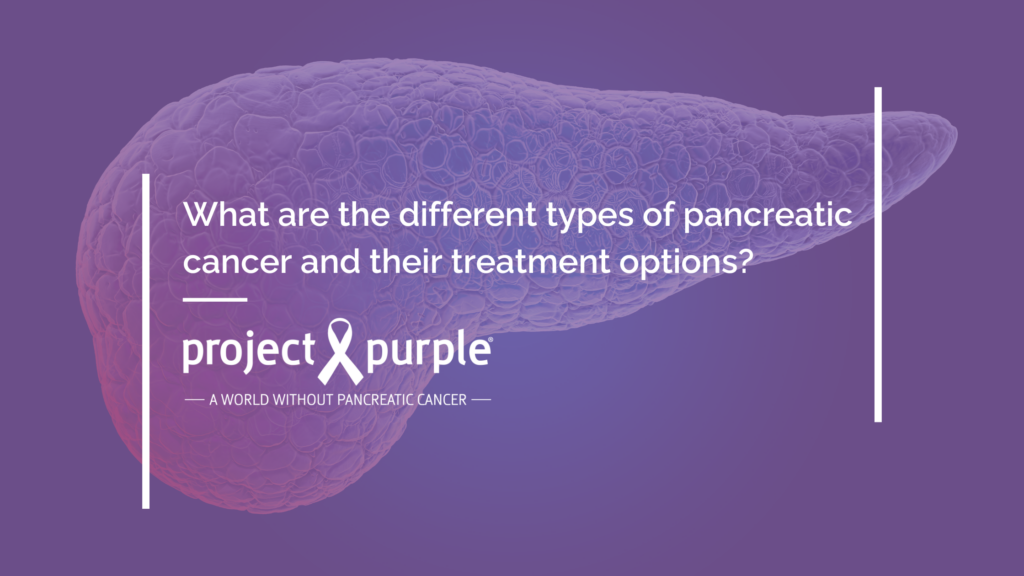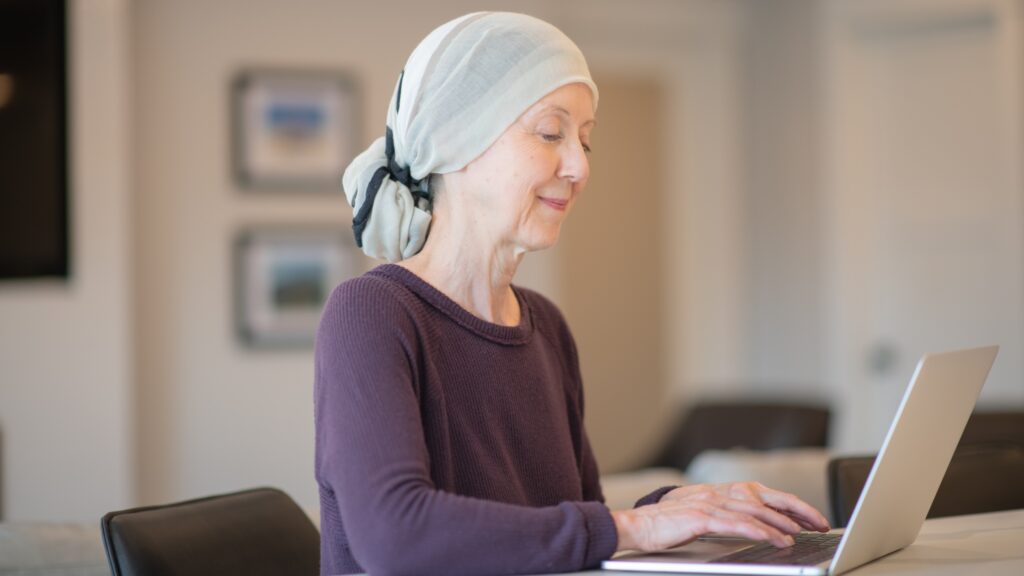
Pancreatic cancer is the third deadliest cancer in the United States today, with only a 12% five-year survival rate. Part of what makes this cancer so deadly is that the signs and symptoms of the disease are often either not felt at all or appear as benign aches and pains. The earlier you can catch these symptoms, the more likely you are to have positive outcomes with treatment. So, let’s break down the top ten symptoms to watch out for.
Stomach/ Back or Abdominal Pain
Most pancreatic cancer patients, if they show symptoms, will cite stomach and back pain as their main indicator of pancreatic cancer. According to Johns Hopkins Medical Center, typically patients experience pain in their upper abdomen that travels to their back. The hospital states that the pain is likely caused by the formation of a tumor that begins to press on the sensitive organs. The pain can vary in degree and location, so please seek input from your doctor if you begin experiencing abnormal pain in this area.
Jaundice
According to Cancer Research UK, jaundice is a condition characterized by the yellowing of the skin and whites of the eyes. The condition is caused by a buildup of toxins in the gut, which present as yellow. Pancreatic cancer patients typically experience this symptom if they have a tumor at the head of their pancreas that is blocking their bile ducts. Because the most common presentation of jaundice is the yellowing of the skin, jaundice can be hard to identify for those patients with a darker complexion. Patients with darker complexions should specifically be on the lookout for yellowing in the whites of the eyes as an indicator of jaundice.
Appetite Issues and Weight Loss
People with pancreatic cancer typically have issues with their food intake. Cancer.org cites that patients may experience unexpected weight loss due to poor appetite. Some organizations also state that weight loss can also be completely unexpected and without reason. Typically this occurs because the pancreas, due to the formation of a tumor, is not able to help do its part in the digestive tract. According to Letswinpc.org, some more unusual symptoms may be linked to these digestive problems including new taste aversions, premature fullness, or weakness while eating.
Nausea and Vomiting
Nausea and vomiting can be signs of a number of different issues related to the GI tract. Typically, it’s a response to toxins in the body. However, according to Cancer.org, nausea and vomiting in pancreatic cancer patients may be caused by a blockage at the far end of the stomach where it connects to the pancreas. Typically, the feeling is worse after eating.
Unusual Excrement, Diarrhea, or Fatty Stools
One of the most obvious ways that the body tells us that there is an issue with our digestive health is through our excrement. According to Cancer Research UK, you may experience steatorrhoea, which are fatty stools, characterized by their pale color and unusual smell. They are a sign that you are likely not digesting food very well, so this symptom may occur alongside weight loss, as the body is not absorbing nutrients. You may also have darker urine, which typically occurs along with jaundice symptoms.
Enlarged Gallbladder or Liver
As mentioned before, if a tumor forms in the pancreas, it may block the bile duct, leading to a host of issues. One of these is the enlargement of the gallbladder. According to Cancer.org, bile builds up in the gallbladder. This may present as a large lump under the right side of your ribcage which may be able to be felt during a physical doctor’s examination, or through medical imaging. The liver may also be affected, especially if the cancer has spread to the organ. Again, the lump that forms will appear at the edge of the liver, below the right ribcage, and should be able to be felt during a physical or seen through imaging tests.
Blood Clots
According to Cancer Research UK, blood clots may occur within the body, typically forming in the deeper veins in the legs, which is called deep vein thrombosis (DVT). You may be able to identify a clot by the following symptoms: pain/redness in the area where the clot is, breathlessness, pain in your chest or upper back, coughing up blood, or the area around the clot may be warm to the touch. If you suspect you have a blood clot, please see your doctor immediately, as they are a life-threatening condition. Blood clots have been linked to pancreatic cancer previously, however, Cancer.org recommends not jumping to conclusions, especially if this is your only symptom. Blood clots occur for a variety of reasons, and should only be taken as a sign of pancreatic cancer when it occurs alongside other symptoms.
New-Onset Diabetes
Diabetes is a condition unto itself, which can be brought about by a number of other issues within the body. However, John Hopkins Medical Center recommends wariness if you experience sudden onset diabetes unrelated to either weight gain or other health conditions. Pancreatic cancer, due to its role in the GI tract, can destroy the cells that make insulin, which can cause the blood sugar levels to rise, giving the appearance of diabetes. Again, cancer is likely not the cause of the condition, however, they warn that if a patient is experiencing new-onset diabetes to consider being evaluated for pancreatic cancer.
Fatigue
John Hopkins Medical Center cites fatigue as another symptom of pancreatic cancer. Fatigue is a common symptom of many different conditions, however, it still should never be ignored. Specifically, if you are experiencing fatigue along with any other symptoms, you may want to visit your doctor to get checked out.
Itchy Skin
According to Cancer Research UK, patients may have itchy skin, especially if they also have jaundice. Typically itchy skin is a symptom of jaundice, which occurs because the buildup of bile salts the blood, making it more acidic and creating an itching sensation. Again, this happens when the bile duct is blocked by a tumor.
Speak To Your Doctor If You Are Experiencing Any Of These Pancreatic Cancer Symptoms
Many of these symptoms can occur together, or completely separately. If you are experiencing any of these symptoms, please contact your doctor. It can be terrifying to start experiencing random changes in your body without cause, but speaking with a medical professional is the best course of action. You are not alone!
If you are a pancreatic cancer patient looking for support, please visit our Patients & Families page for resources.
Related: Pancreatic Cancer Symptoms on The Project Purple Podcast
The Project Purple Podcast is a project we created to help share survivor stories. In 2022, we created this podcast compilation of some of the common symptoms we heard directly from survivors throughout 4+ years of discussion. You can listen here or search “Project Purple Podcast Episode 195 Symptoms” on your favorite podcasting platform.



